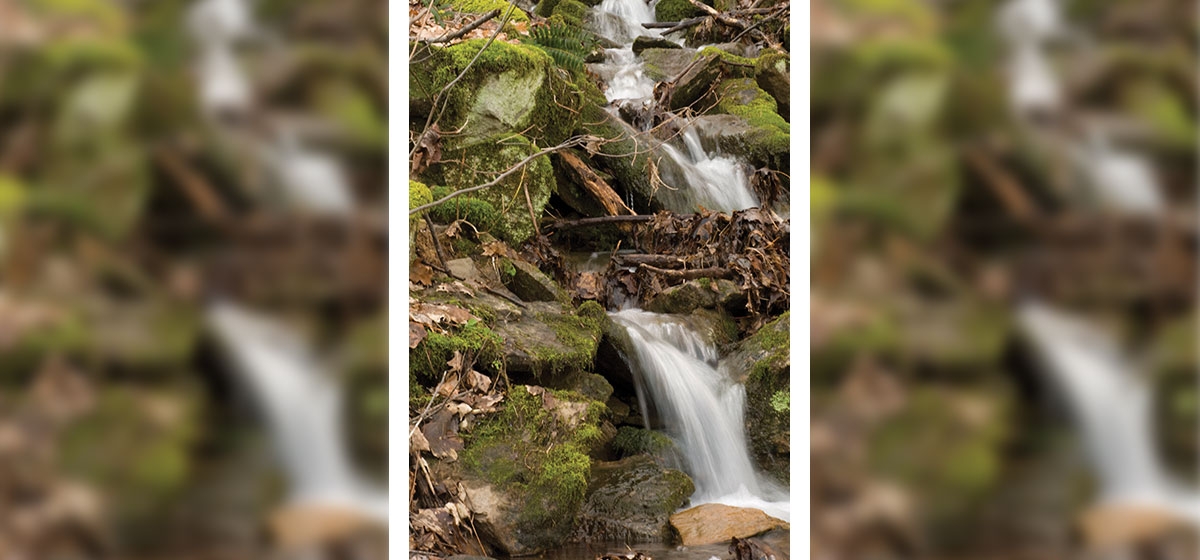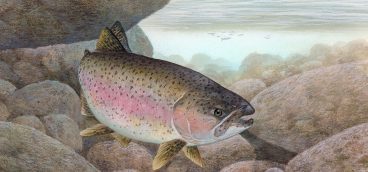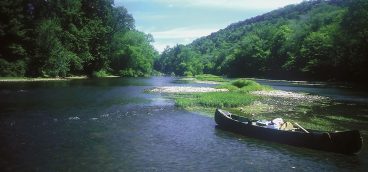The Origin of Spring

My benchmark for the onset of spring follows neither the facts of planetary motion, nor the predictions of a rodent. In my mind, spring starts when the daily average high temperature begins to increase after bottoming out in late January. By using this ruler, my favorite part of the year, spring, is lengthened.
That magic day of reversal is usually during the first week of February.
To find where spring begins is the purpose of my outings on sunny days during the month of the groundhog’s forecast.
The origin of spring is in part the sparkling rivulets, runs, creeks and streams coming to life. In these, water released by warming days rushes down even the smallest of valleys carved into wooded hillsides.
Running over, around, and under rocks, the cold, clean water brings an early song to the landscape. As seeps join to creeks, join again to streams and join again to rivers, their voice grows. A whispered gurgle becomes a thunderous roar.
On rocks above the cold water is the other augury of the coming season.
Soft miniature forest worlds wrap around water-soaked rocks beside the watercourses. Beyond the streams, green islands are surrounded by the corpses of last fall’s leaves.
The mosses drape rotting logs where sunlight that streams between long shadows of bare trees highlights the emerald mats.
At this time of the year, after the snow but before the lushness of wildflowers, those brilliant patches of green on the woodland floor are an especially well received sign of the coming spring.
When I walk in early February, I know that I’m anticipating a season that is still weeks away.
However, whether around the corner or six weeks distant, sparkling waters and fresh green is more than welcome after winter.





